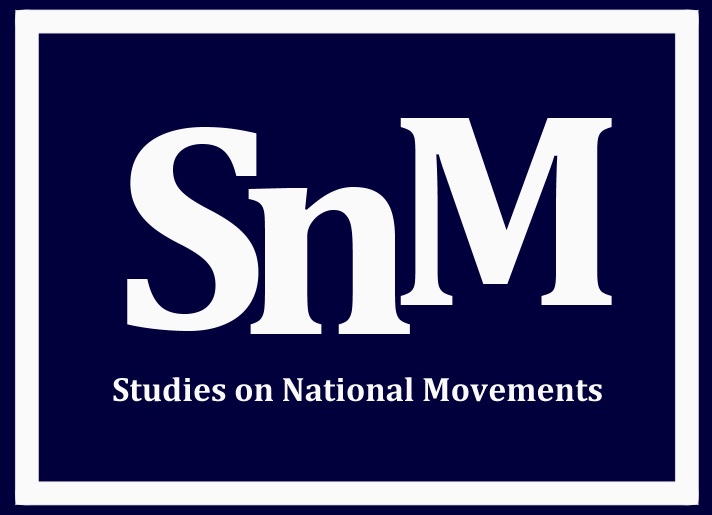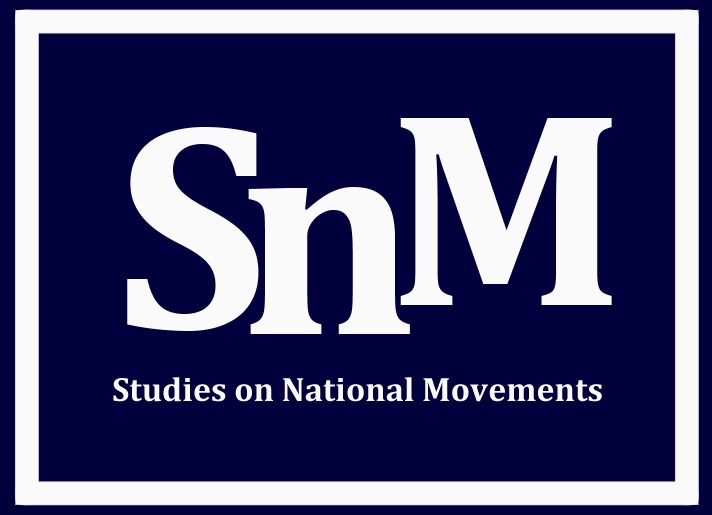Abstract
In the First World War, national minorities fought on all sides. How did these soldiers negotiate their identity as a national minority with their loyalty to and identification with the state for which they fought in the severest war of nations in modern times until then? This paper explores the complex landscape of this question by comparing Irish soldiers in the British Army and Italian-speaking Tyrolean soldiers in the Habsburg forces. Using a sample of war diaries from combatants on both sides and drawing on the more recently upcoming literature on minorities in the First World War, perceptions of these groups about their nationality are examined. The analysis will show how combatants were integrated into a network of loyal relationships to the respective empire through factors such as culture, language and emotions. This is made productive through the analytical category of imperial nationalism. The article emphasises the importance of regiments bridging national identity and imperial loyalty. Italy’s entry into the war (1915) and the Easter Rising (1916) were critical events for soldiers of each side regarding their national self-image. The soldiers’ reactions show the broad spectrum of individual national identity, ranging from increased identification with the Empire to disintegration. Subsequently, both groups increasingly faced discrimination, to which they reacted differently. While the Italian-speaking Tyroleans tended to gradually distance themselves from the Austro-Hungarian Empire, the Irish soldiers mostly maintained their imperial loyalty. These different results illustrate the complex interplay of allegiance, identity and nationality of minority soldiers and the impact of changing circumstances on these factors during the Great War.
Keywords: First World War, minority soldiers, imperial nationalism, Irish soldiers, Italian-speaking soldiers
How to Cite:
Steinbacher, E., (2023) “Imperial Nationalism of Minority Soldiers. Italian-Speaking Tyroleans and Irishmen in the First World War”, Studies on National Movements 12(1), 7- 41. doi: https://doi.org/10.21825/snm.90185
Downloads:
Download PDF
View PDF

